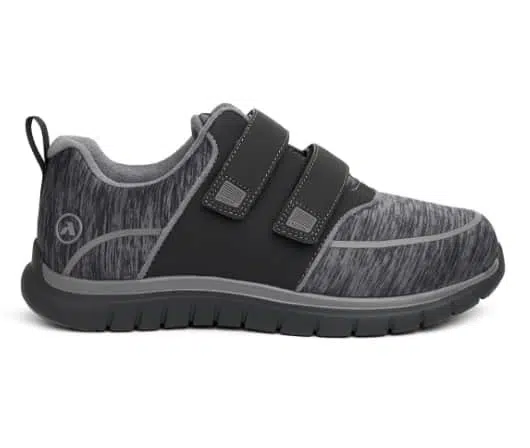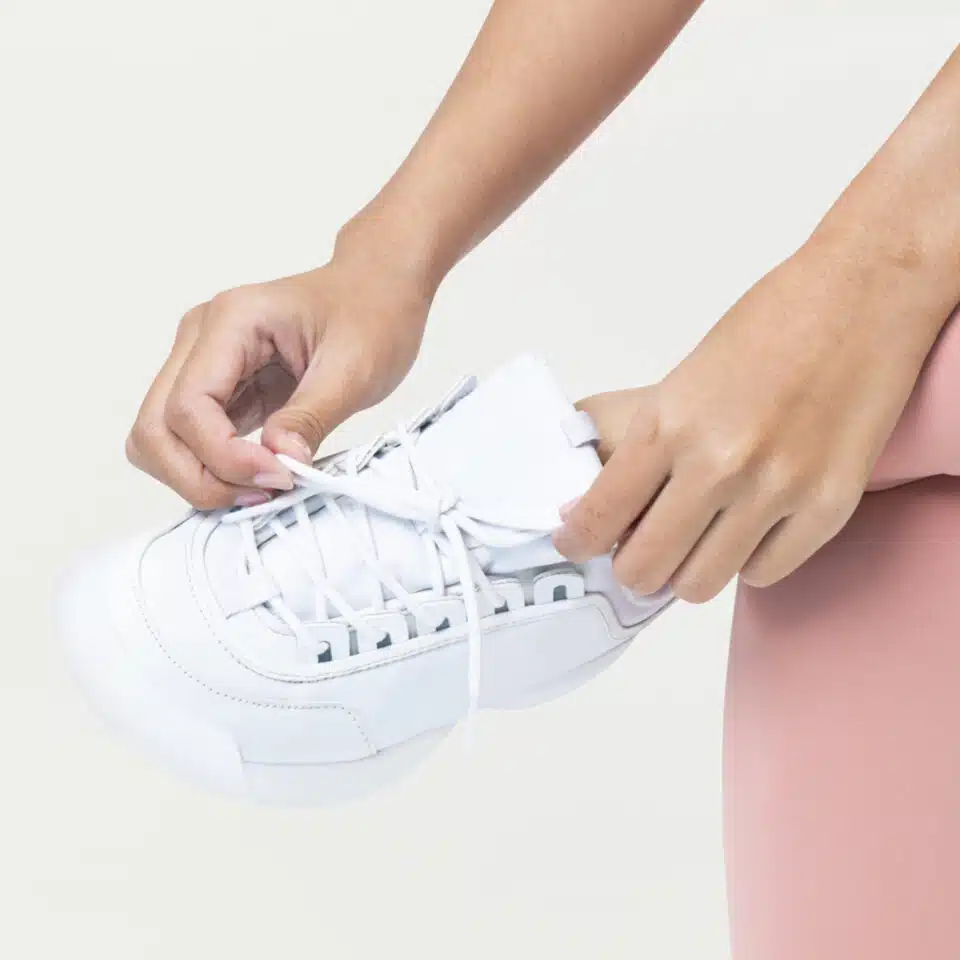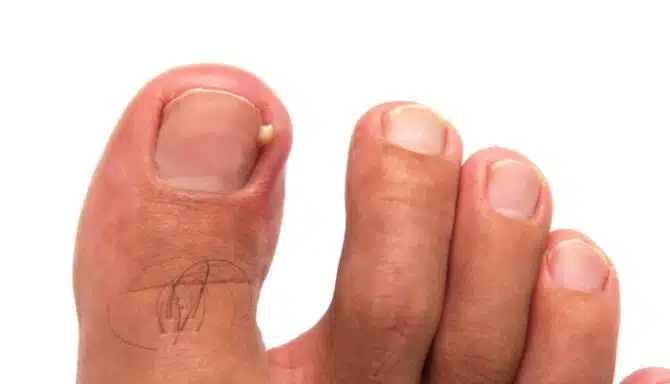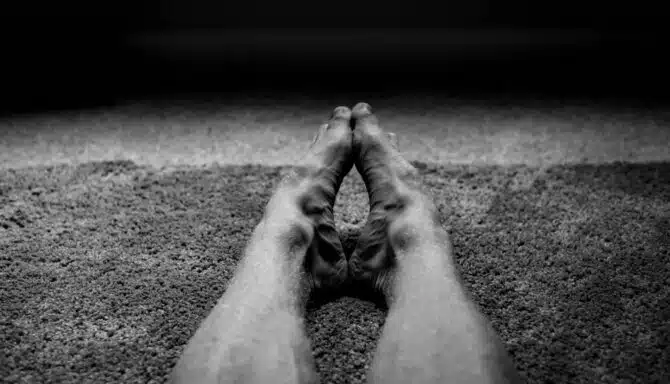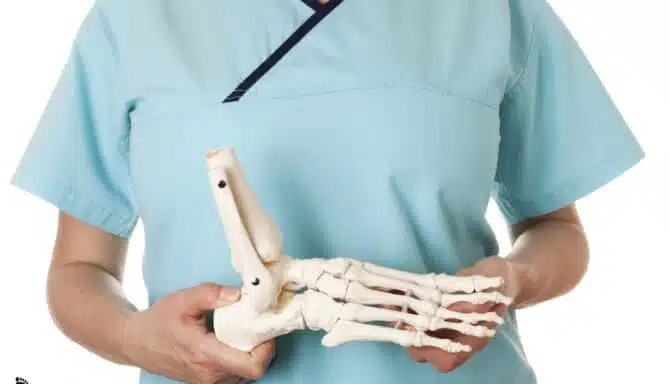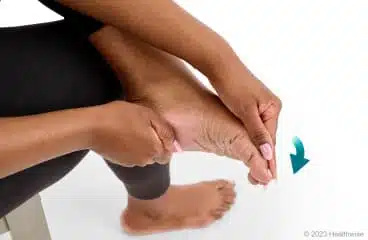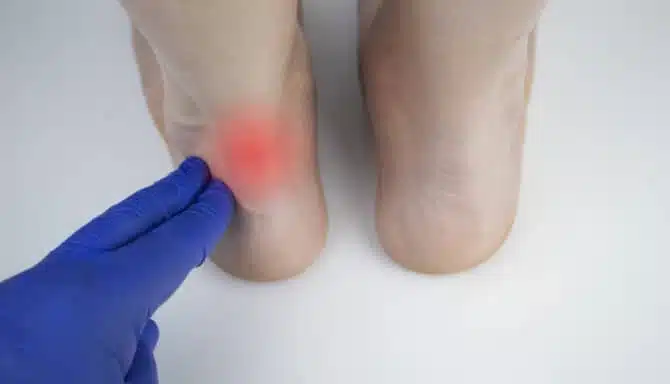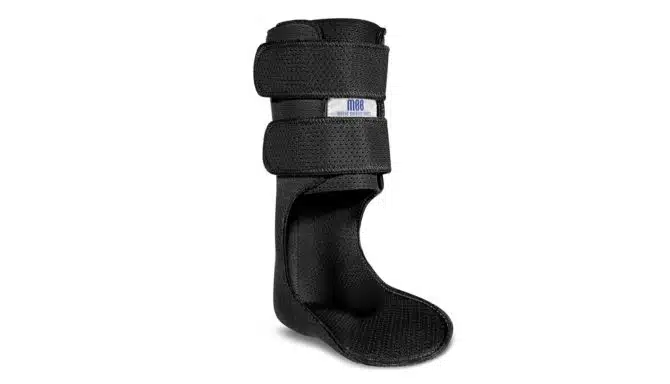Diabetes and foot health will always have a close connection. People with diabetes need to pay attention to every step, every minor cut, and every moment of discomfort very closely. That’s why investing in diabetic footwear that gives you peace of mind is an essential piece of the diabetic foot care puzzle. Let’s investigate what your shoes should do for you, and give you some tips on choosing diabetic footwear.
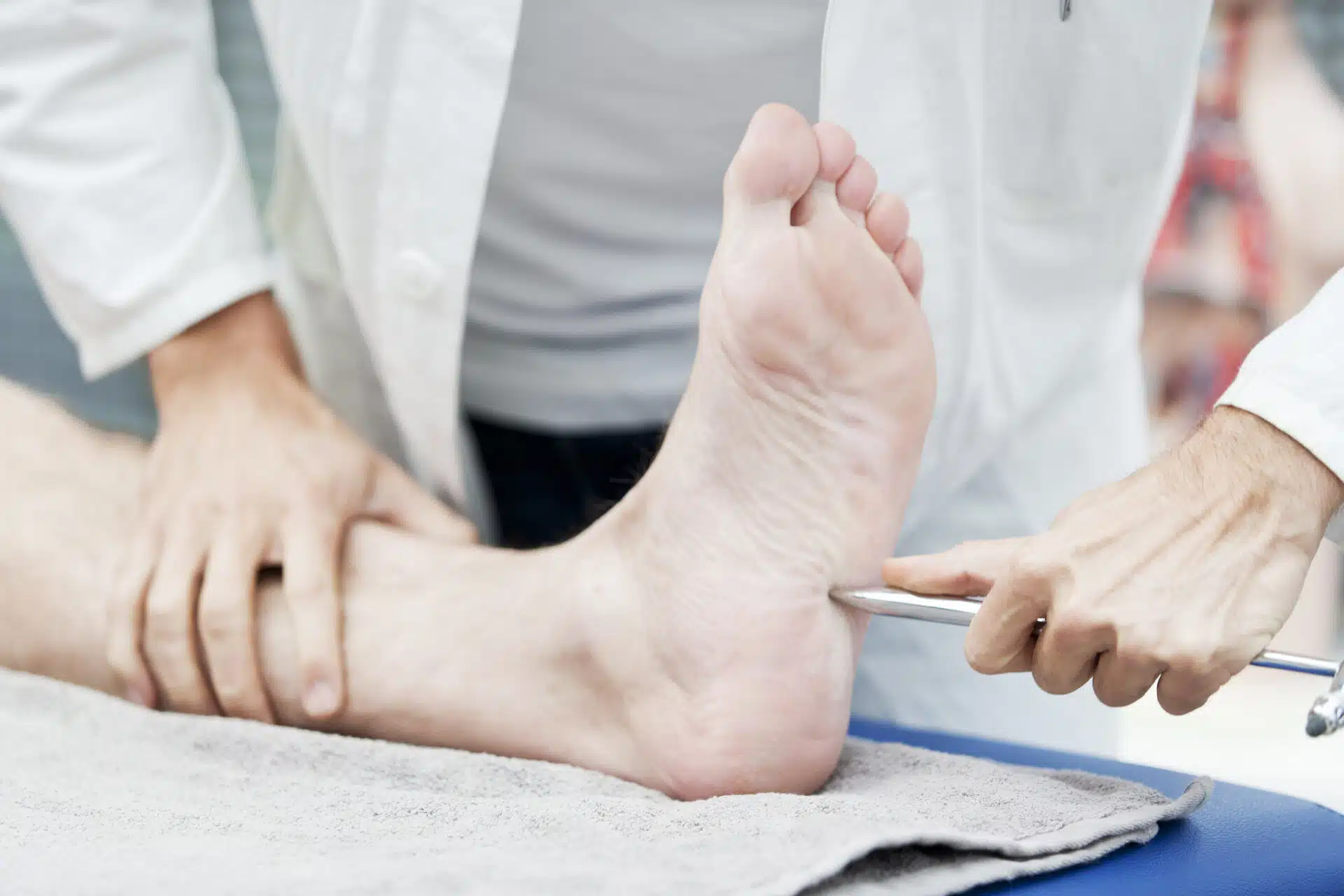
What Should Diabetic Footwear Do?
According to WoundsCanada you need closed in footwear and need to check that footwear daily. Footwear is a preventative device. They prevent things hitting or jabbing into your feet. They also prevent your feet from hitting or stepping on items that can hurt the skin.
Foot care for people with diabetes involves choosing the perfect pair of shoes for daily life. Comfortable diabetic shoes should do the following:
- Protect the pressure points on the feet and prevent minor cuts, scrapes, corns, blisters or calluses as much as possible. People with diabetes are especially vulnerable to dry feet and the buildup of calluses. These seemingly innocent wounds can become serious foot ulcers when diabetic neuropathy (nerve damage) is present.
- Help people with diabetes avoid injury. Decreased sensation from neuropathy adds an extra layer of risk to foot injuries, and can lead to complications, infections and even amputation.
- Preserve and boost blood circulation. Proper blood flow supplies damaged nerves with more oxygen and nutrients.
- They do not add to the rubbing or pressure to the skin
In a nutshell, protective shoes for diabetes should set you up for a healthier future.
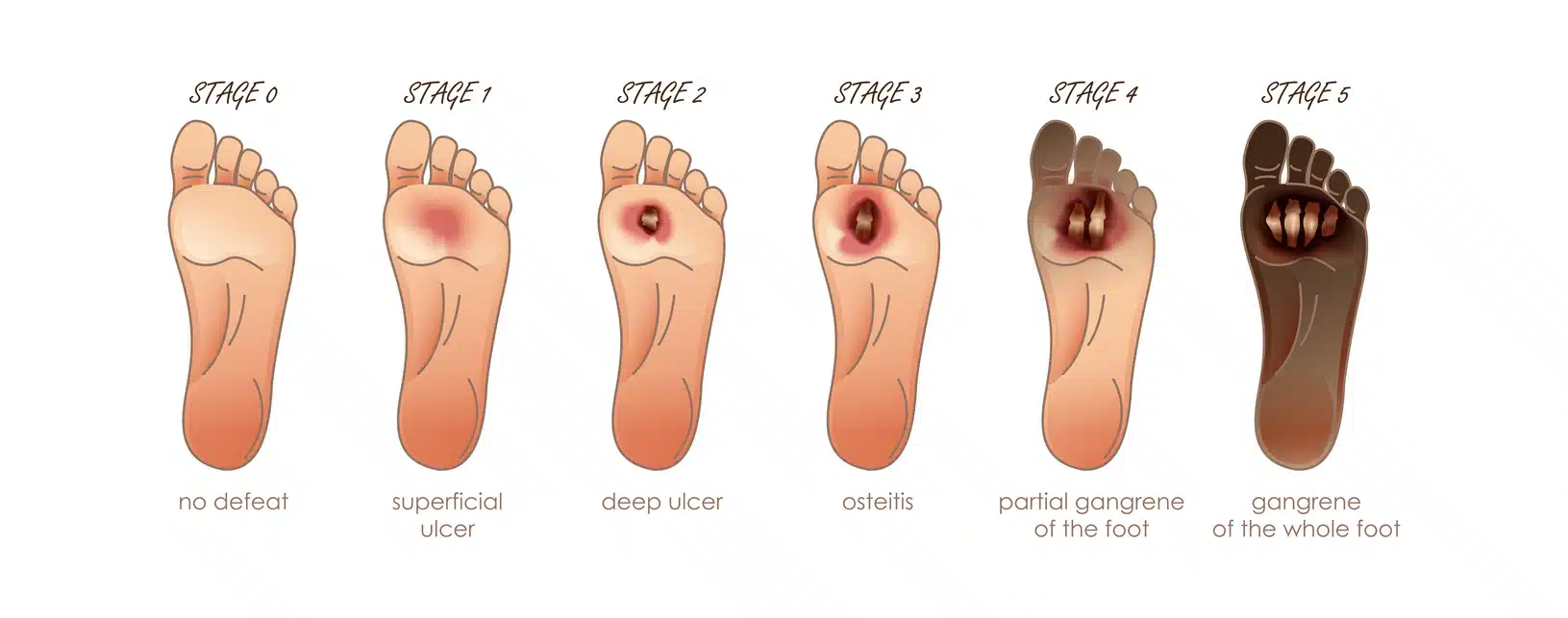
Best Footwear for Diabetics
Medical shoes and orthopedic shoes for diabetes come with specific features that you should prioritize while shoe shopping.
Extra Depth and Removable Insoles
These features accommodate orthotic inserts, which people with diabetes may use to reduce pressure on sensitive areas. Depth also helps accommodate the swelling you may experience due to poor circulation, neuropathy, and fluid retention.
Shock-Absorption and Cushioning
While these features are important for everyone, they are especially important for people with diabetes to prevent the dangerous injuries that post such a risk. Cushioning can also prevent friction and help you avoid skin problems (blisters, cuts, etc).
Adjustable Closures and Stretchable Uppers
These ensure a snug fit and can help you adapt to foot size fluctuations caused by swelling. This also includes having a lace or Velcro. If you have a slipon shoe then your foot can move around at a minor rate. This can cause friction and rubbing. Having a lace or Velcro allows your foot to be held within the shoe and not slip around within it.
Hard sole
Items should not penetrate the shoe sole
Closed In
The shoe should not expose the foot. Closed in footwear is preferred. Open toed sandals are not suitable because the toes are on show. Items can hit the toes or go underneath them.
Wide Toe Box and Extra Width Options
The wide toe box prevents toe friction, crowding, rubbing and the resultant skin problems. Extra width options help with swelling and gives you a better fit.
Seamless Protective Interior
The interior seams in footwear can cause excessive friction and rubbing for people with diabetes. That’s why diabetic footwear is constructed with as few seams as possible in order to minimize potential friction-related concerns like calluses and blisters. Extra soft and breathable interiors provide additional wound protection.
